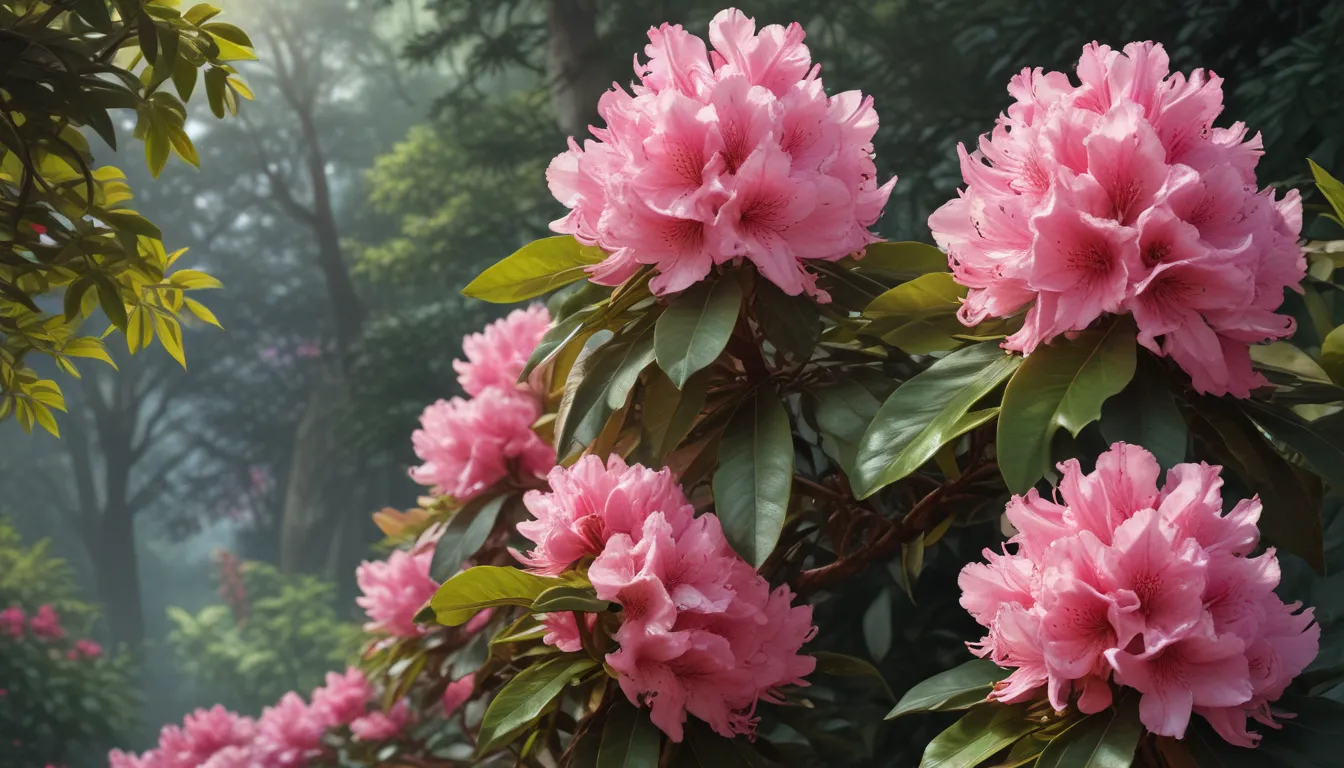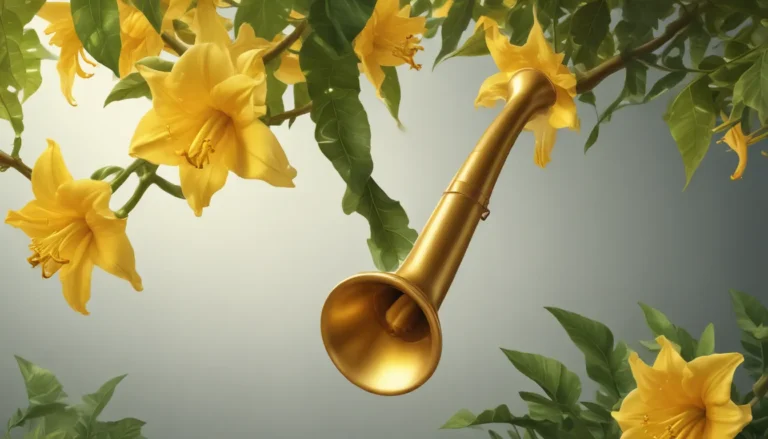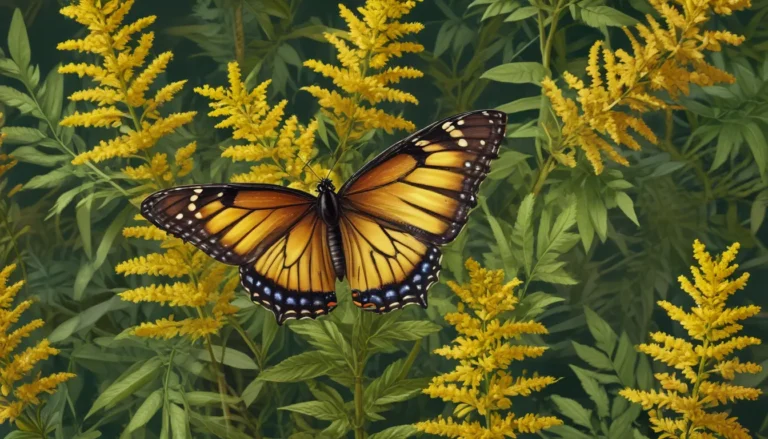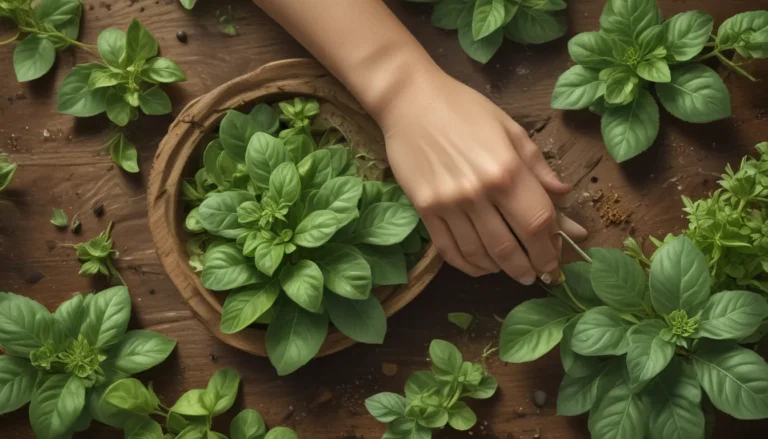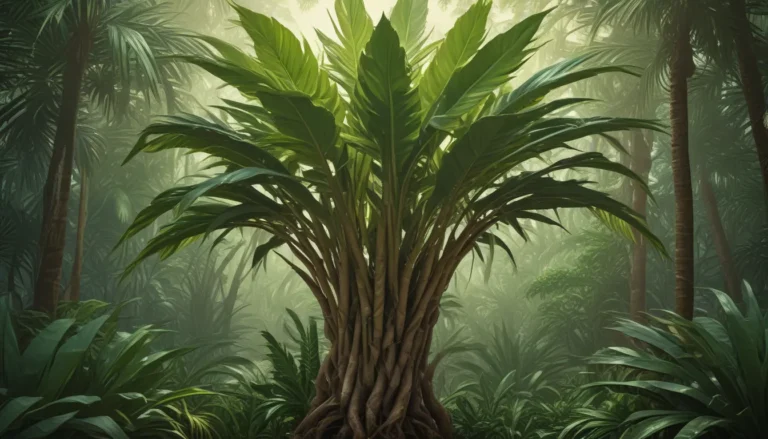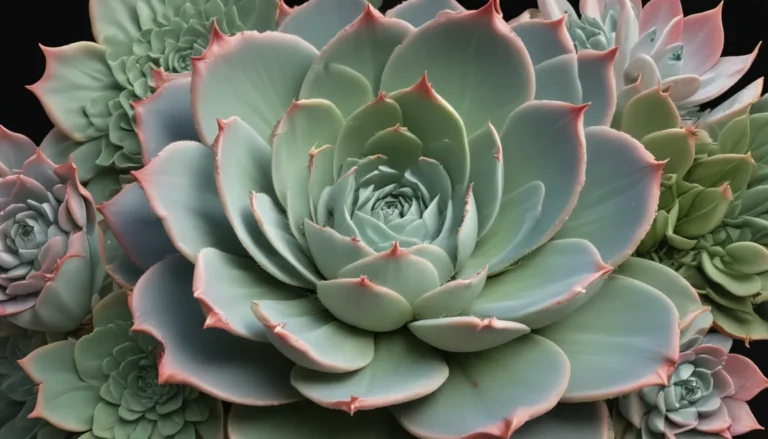The pictures we use in our articles might not show exactly what the words say. We choose these pictures to make you interested in reading more. The pictures work together with the words but don’t take their place. The words still tell you the important facts.
Rhododendrons, with their vibrant colors and ornamental beauty, have long been cherished by gardeners and nature enthusiasts worldwide. In this article, we will delve into the captivating world of rhododendrons and uncover 19 astonishing facts about these remarkable plants. Join us on a journey of discovery as we explore the diverse species, cultural significance, and unique adaptations that make rhododendrons a true wonder of the natural world.
Discovering the World of Rhododendrons
Rhododendron: A Garden Gem
Rhododendrons are known for their stunning and vibrant flowers, which come in a wide array of colors, including pink, purple, red, white, and yellow. These flowers add a pop of color and beauty to gardens, parks, and landscapes, making them a favorite among gardeners.
Diverse Origins of Rhododendron
Native to parts of Asia, Europe, and North America, rhododendrons thrive in various climates and can be found in mountainous regions, forests, and coastal areas. Their adaptability has made them a popular choice for gardeners seeking to add a touch of natural beauty to their surroundings.
Rhododendron: Symbol of Purity
In Nepal, the rhododendron holds great cultural significance as the national flower, symbolizing purity and beauty. It is often depicted in traditional art and celebrated during festivals, showcasing its importance in Nepalese culture.
A World of Diversity: Over 1,000 Species
With over 1,000 identified species, the rhododendron genus boasts a remarkable diversity in characteristics such as flower color, size, and leaf shape. Each species offers a unique charm, making rhododendrons a fascinating subject for botanists and gardeners alike.
Unveiling the Secrets of Rhododendrons
Exploring the Heath Family Connection
Rhododendrons belong to the heath family (Ericaceae), sharing traits with plants like azaleas, blueberries, and cranberries. From flowering patterns to leaf structure, these plants prefer acidic soil, creating ideal conditions for their growth.
Pollinator Paradise: Colorful Flowers
The colorful and fragrant flowers of rhododendrons attract a variety of pollinators, including bees, butterflies, and hummingbirds, aiding in the plant's reproduction process. Their vibrant blooms create a stunning spectacle in gardens and natural landscapes.
Evergreen Elegance: Green Leaves Year-Round
Most rhododendron species have evergreen leaves, maintaining their lush greenery throughout the year. This characteristic adds aesthetic value to gardens, providing beauty even during the winter months when other plants may lose their foliage.
Symbolism in Nature: Rhododendron Flowers
In different cultures, rhododendron flowers hold symbolic meanings representing love, beauty, grace, and fertility. Used in ceremonies, celebrations, and floral arrangements, these blooms evoke powerful emotions and sentiments.
Size Matters: From Shrubs to Trees
Rhododendron species vary in size, ranging from small shrubs to towering trees. Compact varieties are popular for ornamental displays, while taller species serve as impressive focal points in landscapes, offering a diverse range of options for gardeners.
Cultivating and Conserving Rhododendrons
Acidic Affection: Soil Preferences
Rhododendrons thrive in acidic soil with a pH range of 4.5 to 5, making them well-suited for coniferous forests or using specific soil amendments to create optimal growing conditions. Understanding their soil requirements is essential for successful cultivation.
Celebrating Nature: Rhododendron Festivals
Around the world, Rhododendron Festivals are held in countries like the United States, United Kingdom, and Japan to celebrate the beauty and diversity of these flowering plants. These festivals showcase exhibits, garden tours, and cultural events, highlighting the magic of rhododendrons.
Medicinal Marvels: Traditional Uses
In certain cultures, extracts from rhododendron plants have been utilized for their medicinal properties in treating inflammation, cough, and skin conditions. While their medicinal potential is recognized, caution is advised when using plants for health purposes.
Centuries of Cultivation: A Botanical Legacy
The cultivation of rhododendrons dates back to ancient civilizations, where selective breeding and crossbreeding activities led to the creation of new hybrids with desirable traits. This rich history has contributed to the incredible variety of rhododendrons available today.
Protecting Endangered Species: Conservation Efforts
Habitat loss, climate change, and illegal collection have resulted in some rhododendron species becoming endangered. Conservation efforts are underway to safeguard these vulnerable plants and preserve their natural habitats for future generations.
Embracing the Beauty and Resilience of Rhododendrons
Longevity in Bloom: A Decades-Long Journey
With proper care, rhododendrons can live for several decades, with some exceptional specimens surviving for over a hundred years. Their longevity brings joy and beauty to generations of admirers, showcasing their enduring allure.
Beauty with Caution: Toxicity Awareness
While admired for their beauty, some rhododendron species have toxic leaves that can be harmful if ingested by humans or animals. Handling and planting rhododendrons with care are essential, ensuring they remain out of reach of children and pets.
Global Wanderers: Rhododendrons Beyond Borders
Rhododendron species have been introduced to new regions outside their native habitats, successfully thriving in countries like New Zealand, Australia, and parts of Africa, showcasing their adaptability and appeal across diverse landscapes.
Literary Muse: Rhododendrons in Art
The beauty of rhododendrons has inspired poets and writers throughout history, with their vibrant blooms symbolizing love, nature, and the transient beauty of life. Their presence in literature adds to their charm and enduring legacy.
Celebrating the Marvels of Rhododendrons
Rhododendrons captivate with their vibrant colors, unique adaptations, and rich cultural significance, offering a glimpse into the wonders of the natural world. Whether you're an enthusiast seeking to expand your botanical knowledge or simply intrigued by the beauty of these plants, exploring the astonishing facts about rhododendrons brings a deeper appreciation for their beauty and resilience.
Frequently Asked Questions
Q: Are rhododendrons easy to care for?
A: Rhododendrons require specific care, such as acidic soil, regular watering, and proper pruning, to thrive. With the right knowledge and maintenance routine, they can be relatively easy to care for.
Q: Can rhododendrons tolerate cold temperatures?
A: Many rhododendron varieties are cold-hardy and can withstand freezing temperatures. Choosing suitable cultivars for your climate zone is crucial for their survival.
Q: Can rhododendrons be grown in containers?
A: Yes, rhododendrons can be grown in containers with proper care, including suitable soil, regular watering, and appropriate fertilization.
Q: Are rhododendrons toxic to pets?
A: Certain parts of the rhododendron plant, particularly the leaves, are toxic to pets, emphasizing the importance of keeping them out of reach of animals.
Q: How long do rhododendrons live?
A: Rhododendron plants have varying lifespans, with some living for several decades and exceptional specimens enduring for over a century, showcasing their longevity.
Embark on a journey of discovery and appreciation as you explore the enchanting world of rhododendrons, uncovering their fascinating characteristics, cultural significance, and enduring beauty. With each fact revealed, a deeper understanding of these remarkable plants awaits, inviting you to marvel at the wonders of nature's botanical treasures.
